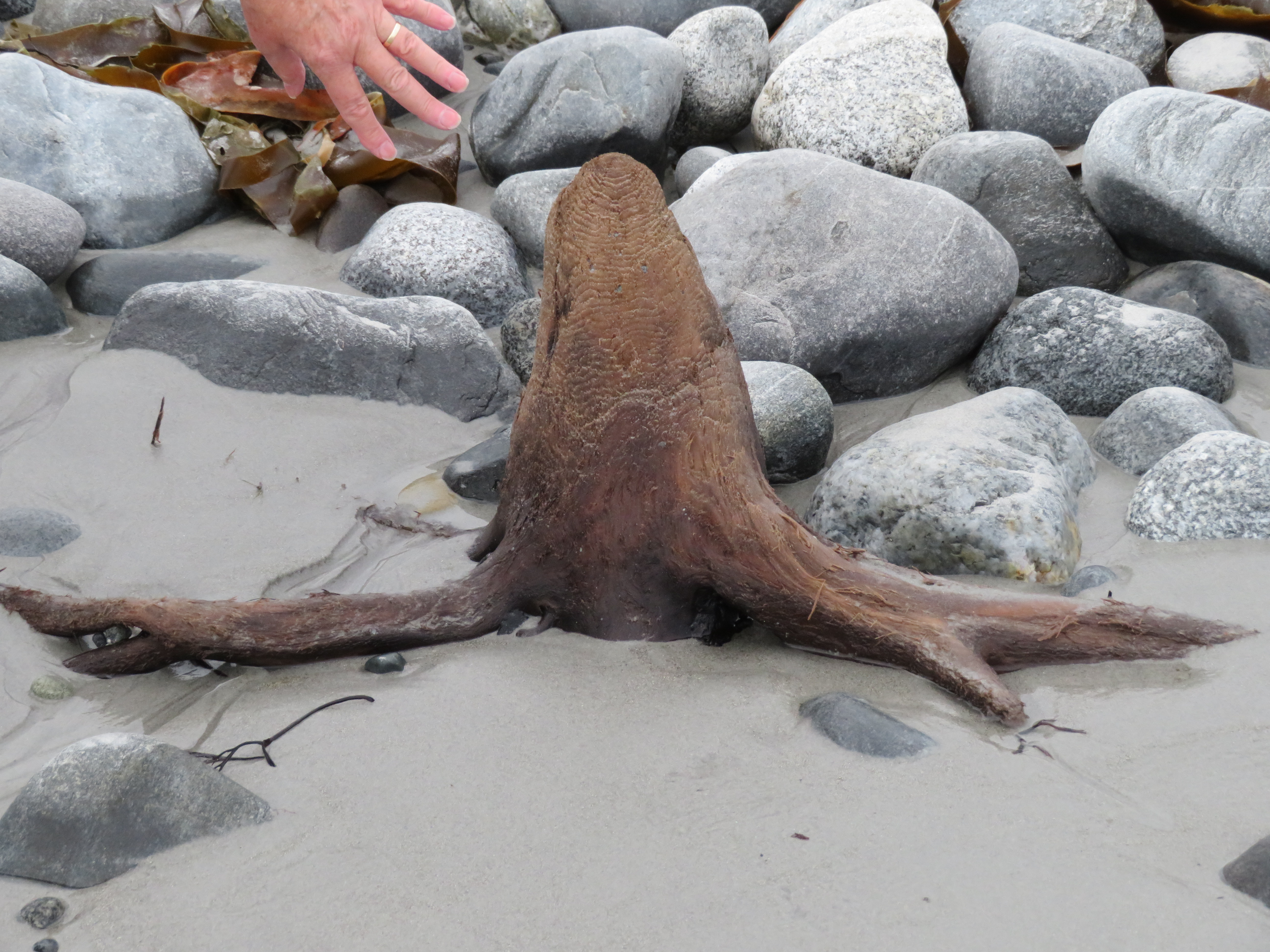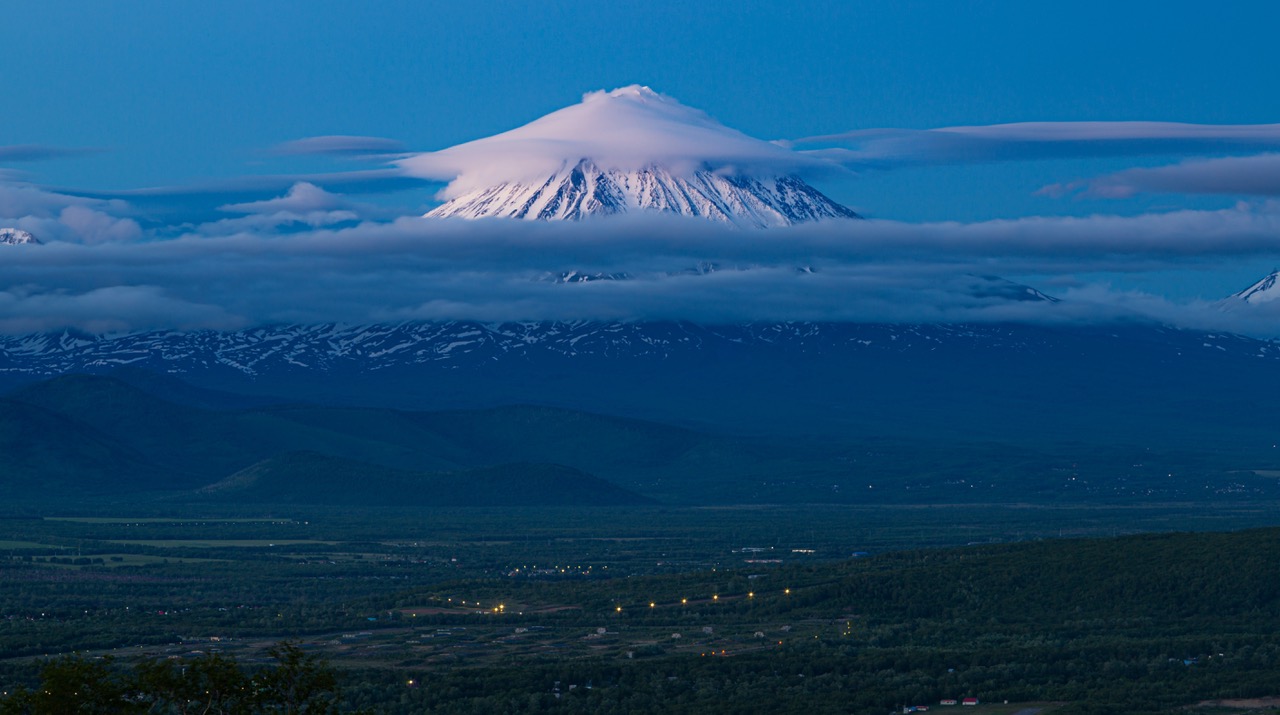Articles » Geology
One of the most delightful aspects of travel is the prospect of new adventures. And so it was, on a blustery and chilly day in late September, that we found ourselves driving along the southeast coast of Nova Scotia. We were heading to Hawk Beach on Cape Sable Island, the most southerly tip of Nova Scotia. Such beaches are never easy to find, and we had to ask twice before we found it. After driving down very obscure roads, we found the beach after we had scrambled up quite a high embankment. Read the rest of this entry »
The recent death of Dr. John Morris of ICR brings to mind the occasion when he collaborated with Rev. Edward Crawford of Edmonton to travel to Mount Ararat.
On a stormy night at the end of February, 1976 Edward Crawford and more than three thousand other Edmontonians crowded into Jubilee Auditorium to hear John Morris, Field Director of the Institute for Creation Research in San Diego. Morris’ update on the status of expeditions to Mount Ararat included a number of slides. Mr. Crawford however saw something that others missed. He saw an inscription on a boulder on Mount Ararat. He recognized some of the characters as ancient proto-Sumerian. What was the story behind these writings? He wondered how messages came to be in such an inhospitable part of the world.
Read the rest of this entry »The Bible tells us that Moses was instructed in all the wisdom of the Egyptians. He used this training when he was called upon, later in life, to lead the Children of Israel through the desert and to write an account of their history. Obviously, Moses did not adopt the pagan philosophy in which his training in Egypt was couched. He evaluated what he heard.
In similar fashion, young Christians are encouraged to pursue modern learning, according to the talents with which they have been given. Like Moses too, they are expected to evaluate the modern explanations. In the light of the complexity of many modern disciplines however, it is obvious that students need help. They need trusted advisors to help them sort through the onslaught of information.
To this end, Creation Science Association’s Margaret Helder has developed a novel tool to assist students embarking on new courses in biology. Since much of the material taught in these courses is based on studies conducted since the year 2000, there are many new terms and concepts involved.All of them are defined in terms of evolutionary assumptions. The definitions available, on-line, all come from an evolutionary agenda. But the data themselves actually support creation! Read the rest of this entry »
In the American southwest, some particularly unique and dramatic landscapes have been preserved in the national parks. No one can fail to be impressed by the steep V-shaped gorge and the diagonal patterning (between horizontal erosion surfaces) which characterizes the rocks of Zion National Park in Utah. Similar sandstone rocks extend over a seven-state area, but they are not all called by the same name. In various parts of their range, these rocks are known either as Navajo, or Aztec, or Nugget Sandstone. Read the rest of this entry »
On the weekend of November 6/09 large crowds came to hear Dr. Steven Austin, senior research scientist from Institute for Creation Research, discuss his work in geology. On the Friday evening, he described events surrounding the eruption of Mount St. Helens in May 1980. One result was pyroclastic (very hot) mud flows which deposited and quickly eroded a canyon similar in appearance to the Grand Canyon, only at a smaller scale (one twenty fifth the size). This miniature, but still impressive, canyon, demonstrates that obvious layering of sediment and erosion of these layers can happen very quickly. No long ages are required. Read the rest of this entry »
In Nova Scotia, on the shores of Chignecto Bay (near the head of the Bay of Fundy) lies the village of Joggins. Like many communities in Nova Scotia, this one first made a living by mining coal. As early as 1720, coal was exported from there to Boston. At its peak, the mine yielded about 91,000 tonnes of coal per year. The Joggins mine finally closed in the late 1950s, but in recent years, interest in this area has continued greater than ever. The 150 foot high cliff on the shore of the bay, reveals layers of sandstone, mudstone and fossilized plants. These have a story to tell. Read the rest of this entry »
Did you know that there is a new book in the ICR Science for Kids Series? It is called Earth: Our Created Home. I am 9 years old and I have read this book. I will tell you who will enjoy this book, why people will enjoy what it teaches about God, and how interesting this book is to read. Read the rest of this entry »
Order OnlineIn science, the word “serendipity” refers to an unexpected, but happy discovery. Typically what is meant, is a discovery which was not sought but which leads to significant advances in knowledge or technology. Penicillin, for example was a serendipitous discovery by Sir Alexander Fleming in 1928. What he was trying to do, was grow cultures of common bacteria (germs). But what was that pesky mold doing growing in the culture? When Sir Alexander realized that the mold seemed to discourage the growth of the bacteria…. well the rest is history. However, I am not sure that the unlooked for discovery of gigantic sand waves in the Juan de Fuca Strait near Victoria, BC would qualify as serendipitous or not. While they seem to be the biggest and best sand waves known, scientists are apparently not curious enough to study the phenomenon further. Read the rest of this entry »
Can you imagine a trip to England without a visit to the white cliffs along the south east coast? We couldn’t, so we went. There we stood at the foot of an awe inspiring cliff of sparkling white chalk. Coarse looking, but flat bedding planes divided the towering wall above into endless horizontal layers or strata. It seemed strange however that the shore was covered with hard, rounded pebbles as well as some shiny black fragments with sharp edges rather than white chalk. Closer inspection indicated that the shiny black chunks and the grayish rounded pebbles were of the same material — only the pebbles were rounded and worn by wave action. Now where did these pebbles of hard material come from? When you come to think of it — where did the chalk above come from too? Read the rest of this entry »
Features World Class Scientist Dr. John Baumgardner
October 28 & 29, 2016
Dr. John Baumgardner is one of the world’s leaders in terms of significant contributions to science. He has used his expertise to develop computer models to study many aspects of our world. For example he developed a model to study how Earth’s rock systems work and have worked in the past (as for example during the Flood), weather and climate systems and how popular scientific ideas about mutation and natural selection (Darwinism) simply cannot work to produce evolution. Read the rest of this entry »
For almost everyone, the year 2020 has certainly presented obstacles to our normal tasks and social gatherings. So it was that CSAA, like many Christian organizations, found that an on-line fall program offered the best hope of sharing our message. Blessed with someone on our team with expert computer skills, the appropriate programs were selected to make the event possible and professional. When David Coppedge of southern California agreed to be our speaker, we were so pleased! All the pieces of the organizational puzzle had fallen into place. One benefit of an on-line event, we discovered, was that people from as far away as Ontario and B.C., were able to enjoy the program. Read the rest of this entry »
John Whitcomb and Henry Morris’ 1961 classic The Genesis Flood was, of course, a wonderful work. Countless people, among them many scientists, have been positively influenced by its message. In the ensuing half century however, a lot of new information and many new arguments against “the flood” have appeared. The time has long since come for an update of the 1961 work. Read the rest of this entry »
Diatoms are a major group of plants which float in open water, and they are one of the most successful types of microscopic algae known. The estimated over 100,000 known species are found in the oceans, in freshwater, in soils and even on damp surfaces. Most diatoms are unicellular, although some can form colonies in the shape of long filaments or ribbons. As eukaryotes or cells with a nucleus, they have highly complex cells, comparable to other eukaryotes such as mammals and even humans (Philippe, et al., 1994, Journal of Evolutionary Biology 7: 247). Read the rest of this entry »
Creation Science Association of Alberta is delighted to announce that Dr. Marcus Ross has agreed to speak at our creation weekend in Edmonton on Friday and Saturday, October 15 and 16, 2010. This young scientist brings with him a wealth of experience and expertise. He graduated with a B.S. from The Pennsylvania State University, a M. S. in Paleontology at south Dakota School of Mines and Technology and a Ph.D. in Geosciences from University of Rhode Island. His doctoral thesis dealt with the abundance and spread of mosasaurs, marine reptiles which are found in Cretaceous sediments, rock levels similar to those of many dinosaurs. Read the rest of this entry »
This DVD features discussion by Dr. Andrew Snelling, author of Earth’s Catastrophic Past, an 1100 page work which discusses multiple issues connected to the worldwide flood of Noah. This man is well known for his work on radiometric dating, some of it with the RATE project from Institute for Creation Research, which examined the significance of various dating techniques for conclusions about the age of the earth. He declares firstly that we only think of the earth as old because we expect the rocks to be old, based on a comparison with geological processes going on today. However instead of the present interpreting the past, we should rather turn our understanding around and realize that what happened in the past, explains what we see in the present. Read the rest of this entry »













